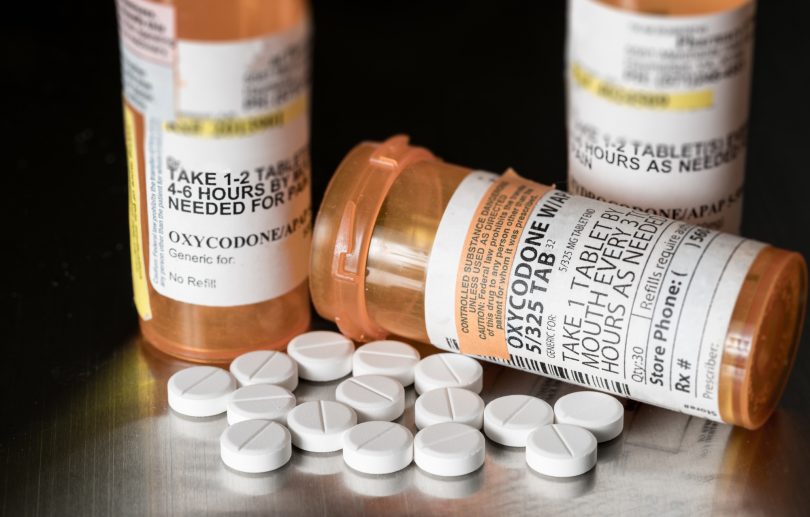Over 44,000 people died from opioid overdoses in 2016. This number has continued to skyrocket in recent years, causing the Trump administration to declare the opiate crisis and public health emergency.
The opiate crisis has worsened due to lack of education and easily accessible drugs, including legal prescription drugs. People from all walks of life suffer from different types of opioid addiction, which is difficult to recover from.
People aren’t educated on what opiates can do and what the risks are when abusing drugs.
Even though many types of opiates (also known as narcotics) offer short-term medical benefits, using these prescription drugs can lead to serious health problems including addiction and death.
The 3 Main Types of Opioids
The first step in understanding what opiates are is knowing that there are different types of opioids. Many people think that because something is prescribed for medical purposes, it must be safe for them to use regularly.
This is far from the truth and has led to the careless use of dangerous and addictive drugs. Prescription opiates can be as destructive as illegal opiates, so it’s important to identify each type of opioid.
Natural Opioids
Natural opiates refer to those that are naturally occurring in nature. They are found in plants and have strong effects without any added man-made chemicals.
Natural opiates are also known as alkaloids, which is a nitrogen-based chemical compound. The three main types of alkaloids that are used include opium, morphine, and codeine.
Natural opioids are less commonly abused than full and semi-synthetic opiates, however, they are equally as dangerous and often lead to addiction and overdose.
Semi-Synthetic Opioids
Semi-synthetic opioids are man-made in a lab but are derived from opium plants. They are tinkered with so they work to give people different effects.
Commonly prescribed semi-synthetic opioids include:
- Hydromorphone
- Oxycodone
- Hydrocodone
These drugs are used to treat chronic pain and are addictive if the patient continues to use them over a period of time.
Heroin is an example of an illegal semi-synthetic opiate that is extremely addictive and can lead to a number of health issues including overdose.
Full Synthetic Opioids
Full synthetic opioids are completely man-made in a lab and do not come from opium plants. However, they have the same effects as naturally occurring opiates, as well as the same risks.
These synthetic drugs are commonly prescribed and include:
- Fentanyl
- Methadone
- Tramadol
- Pethidine
Methadone is actually used in many rehab facilities to help people addicted to other opiates ween off of narcotics so they can avoid any serious withdrawal symptoms.
Side Effects of Opiate Withdrawal
Although there are three different classes of opioids, it’s important to know that they all work pretty much the same. They provide euphoria and pain relief, but also carry all of the same health risks.
Using opiates over time will lead to a dangerous addiction. Addiction causes a user to crave the drug more, use more often, and use higher amounts. This cycle often leads to overdose, which can result in death.
Overcoming opiate addiction is incredibly hard, in part because of the terrible withdrawal symptoms that users experience when quitting opiates. Here are the common side effects associated with opiate withdrawal.
Early Withdrawal Symptoms
Addicts will usually start to experience early withdrawal symptoms within 24 hours of not using the drug. These symptoms are milder and include:
- Muscle aches
- Agitation
- Inability to sleep/oversleeping
- Anxiety
- Sweats
- Fever
- Increased heart rate
- Hypertension
While these symptoms are milder, the addict should not be left alone at the beginning of withdrawals as the side effects will give them an intense urge to use again.
Late Withdrawal Symptoms
Within 3 days of not using opiates, the addict will start to experience more severe withdrawal symptoms that can last around one week. These symptoms include:
- Nausea and Vomiting
- Diarrhea
- Depression
- Panic Attacks
- Drug Cravings
- Stomach Cramps
- Seizures
These symptoms can be life-threatening, so it’s important to be with a medical professional while going through this stage of withdrawal.
Overcoming Opiate Addiction
It is possible to overcome opiate addiction, but it’s a lifelong journey and requires dedication as well as help from addiction professionals and support groups.
The hardest part of becoming sober is the initial withdrawal period due to the side effects. Here are some options for people trying to recover from addiction.
Detox Program
The initial stage of recovery is known as detox, which is the period where you are fleshing the toxins from your body. Detoxing leads to the symptoms listed above, which can be life-threatening to some people.
Entering a detox program means the addict will be in a facility where they will be surrounded by medical professionals and addiction specialists who will ensure safety during the initial withdrawals.
Inpatient Rehab
Inpatient rehab programs are best for people who have gotten past the withdrawal stage and are entering into the next phase of recovery.
Inpatient programs allow addicts to stay at a rehab facility for weeks or months (depending on the program). They will have access to addiction specialists, medical professionals, and be surrounded by other addicts who are in recovery.
Inpatient programs are great because it allows people to focus all of their energy on recovery in a place where they won’t have access to narcotics.
Outpatient Rehab
Outpatient programs work best for people who are further along in their recovery. It allows people to live at home and go to work or school but still gives them recovery assistance.
People in outpatient programs are required to attend weekly NA meetings, participate in the 12-step program, and attend therapy sessions that will help them along in their recovery.
For More Information
The opiate crisis continues to worsen as narcotics are easier to obtain and people aren’t properly educated. Understanding different types of opioids is the first step in furthering education and preventing addiction and overdose.
For more information on understanding what opiates are, the dangers of addiction, or how you can overcome addiction, please contact us at (877) 322-2450.

















